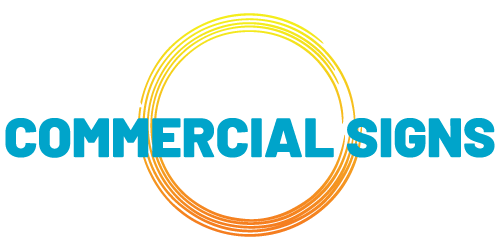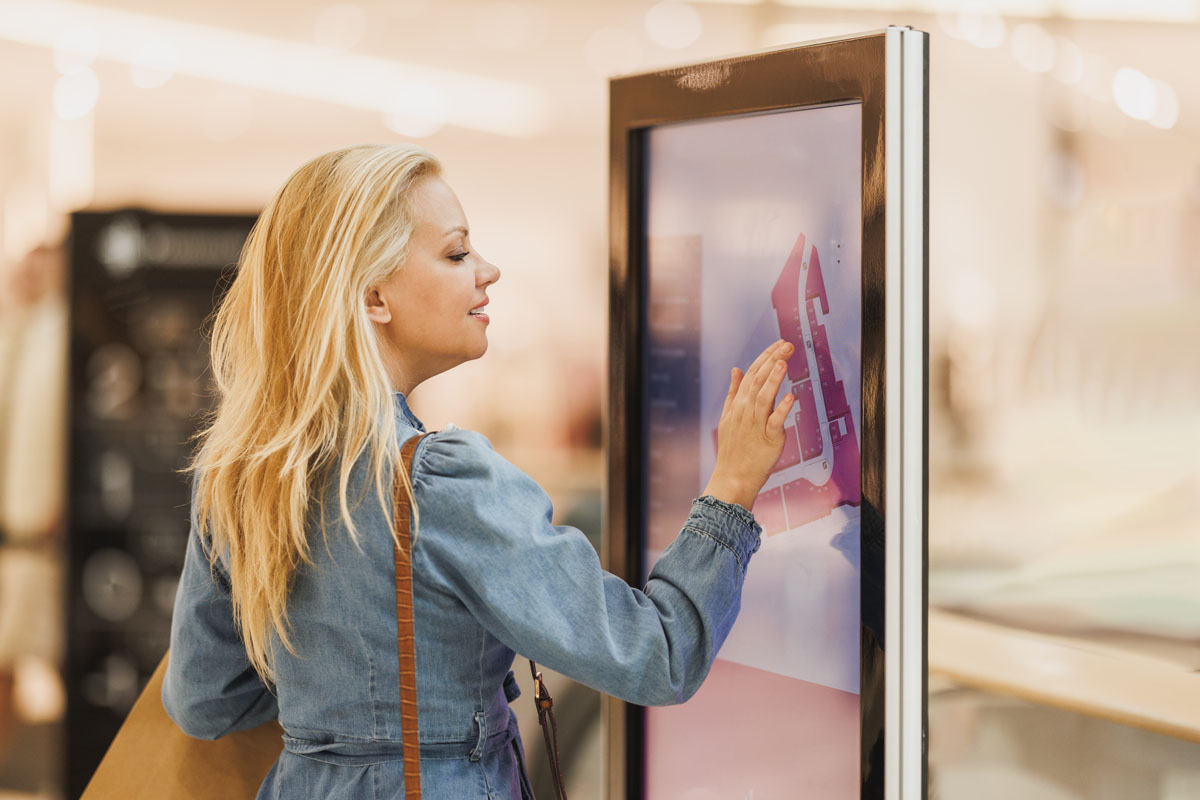Signage is all over the place, and, more and more, digital signage is being accepted for use by businesses and companies for uses way beyond the obvious. Whereas we might consider digital signage as a promotional device, the utilization of digital displays goes far beyond merely advertising.
In regard to creating content for displays, there are a lot of reasons to accept the technological advancements of digital screens…
What is Digital Signage?
Basically, digital signage is in reference to an electronic display platform that emphasizes programmed or pre-programmed information or content.
Utilizing screen-based equipment such as LCDs, LEDs, or even projectors, the technology projects different media types comprising videos, images, interactive interfaces, webpages, and even basic text.
Unlike stationary, conventional print signs, digital signs are active. Their content can be easily refreshed, modified, or scheduled due to powerful signage software. These systems allow users to create, oversee, and deploy the content to be presented. The usability and adaptability give the technology an advantage, making it a perfect communication device for any business looking to visually attract its potential customers.
Nevertheless, this type of signage is not only a device for business. Digital displays can additionally provide actual time information for visitors to a location. Whether this is a shopping mall, a public transportation hub, or a medical center, digital signage can make real life areas more user convenient.
What is Digital Signage Used For?
As with any technology, the utilization of digital signage is only limited by creativity. Businesses of all sizes take advantage of digital displays for a plethora of applications.
Comprising of:
- Promoting new products
- Providing navigational information to customers
- Driving sales and discounts
- Displaying animated menus
- Creating hands-on displays
- Streaming video content
However, the use of digital signage is not simply customer or public focused. This type of signage has a vital role to play in inner communication, particularly in large corporate headquarters.
This could include displaying company benchmarks, the next week’s meeting schedule, which meeting rooms are in use, or possibly reminders to turn timesheets in.
Similarly useful in a corporate setting, digital signage is used for displaying internal gatherings, displaying training videos, or possibly advertising internally for employee involvement. Organizations utilize it for community circulars, delivering emergency notices, or sharing actual-time data in a likewise fashion to transit hubs.
Digital signs are relevant wherever there’s a requirement to convey information visually, whether it’s promotional material, or internal messages. These applications are practically boundless.
Digital Signage Impact Instances
Worldwide giants such as Coca Cola and McDonald’s were some of the early accepters of digital signage, and their applications are case studies on their own. McDonald’s, for example, installed digital menus across its stores, allowing employees to change their menus quickly depending on what time of day it is, weather settings or promotional offers.
According to a 2018 piece in Forbes, the company reported digital signs associated sales increase of up to three and a half percent in some areas.
Similarly, Coca Cola took advantage of this type of signage for devising involving campaigns resulting in increased customer involvement and at the end of the day, sales.
The market position that the technology has seen in the past couple of years backs up its uses. As reported by Grand View Research, the worldwide digital signage industry was valued at around USD 25 billion in 2022 and is anticipated to grow at a compounded yearly growth rate of eight percent from 2023 to 2030.
However, statistics suggest that digital displays have four hundred percent more viewers than stationary displays, indicating an increasing favorability for digital over conventional.
And as a result of the COVID pandemic, the appeal of digitized menus and ordering remotely has increased. Additionally, one report from 2021 suggests that eighty-eight percent of US restaurant businesses are thinking about making the move to interactive digital menus.
Considering that a lot of eateries see increased revenue from simply installing digital signage, in addition to greater customer experience, the advantages of digital signage screens in restaurants or even retail stores are obvious.
Sign Design and Installation by Arizona Commercial Signs
Are you ready to talk signage with us? Schedule a free consultation with Arizona Commercial Signs by calling us directly at 480 921-9900 or fill out our contact form. We can’t wait to fabricate the signage your business requires!







